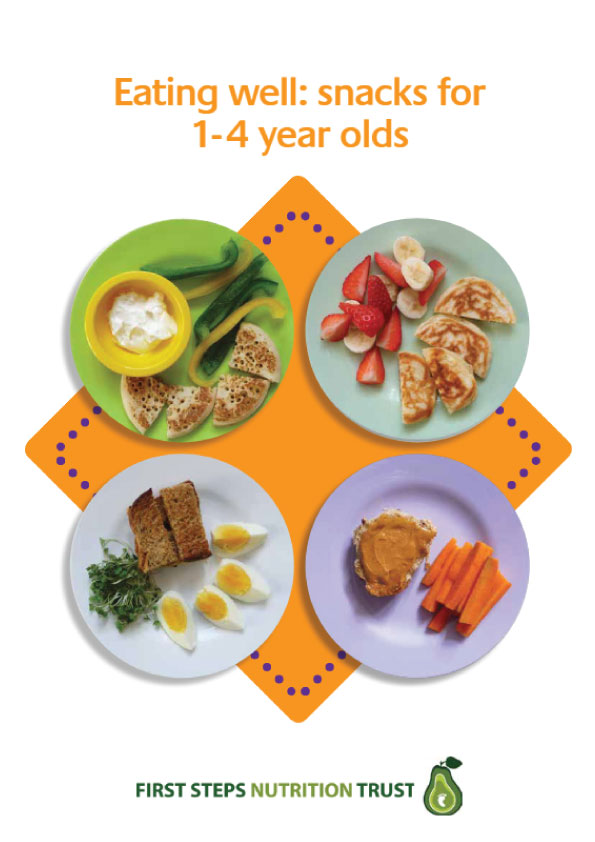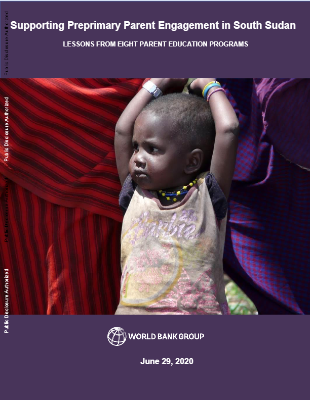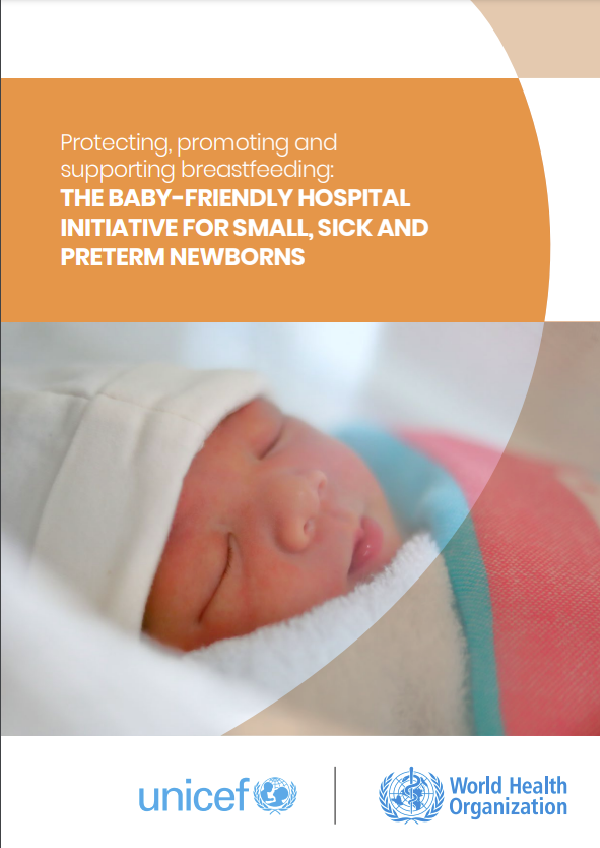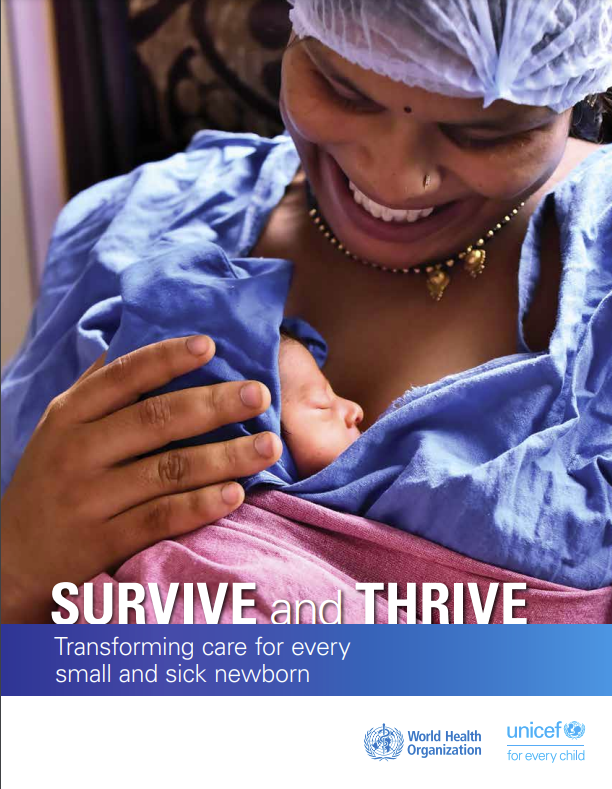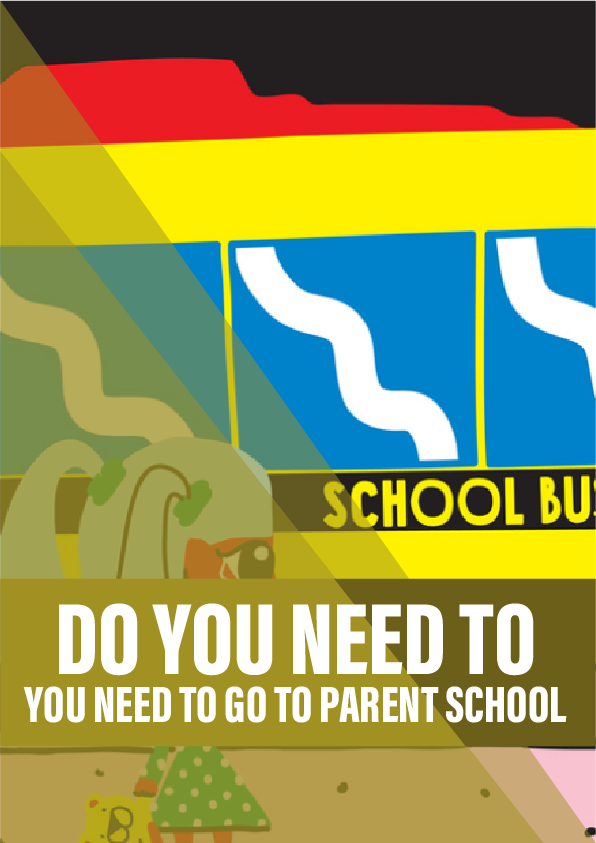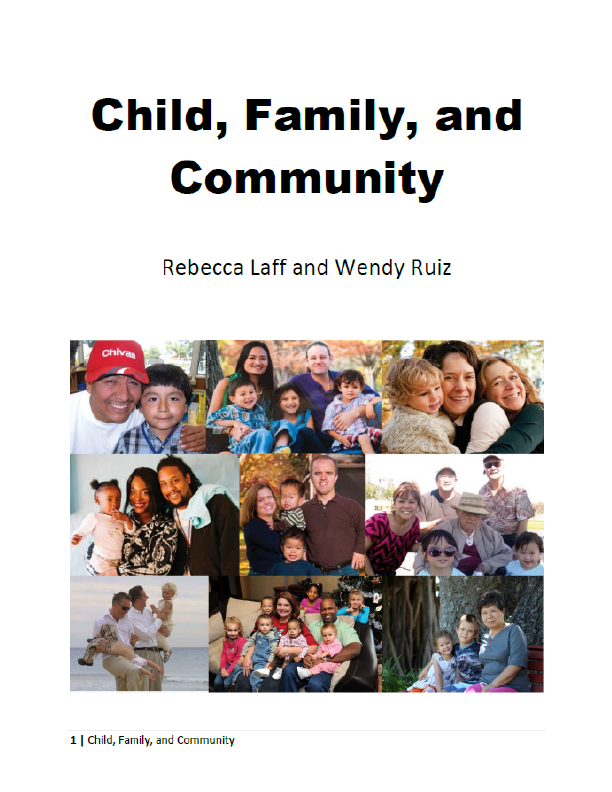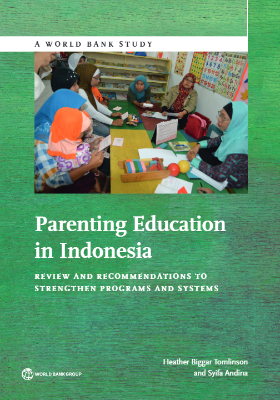About this guide
This guide has been written to provide practical ideas for anyone who is preparing snacks for children aged 1-4 years. We hope it will be particularly useful to early years settings and childminders who may want support for themselves, and for the families who use their services, on nutritious, cost-effective and practical snacks for children of this age. Health visitors, nursery nurses, children’s centre staff and other health project workers might also find the guide useful, to support practical work with families.
Why do we need ideas for snacks?
Healthy eating and physical activity are essential for proper growth and development in childhood. To help children develop patterns of healthy eating from an early age, it is important that the food and eating patterns to which children are exposed – both at home and outside the home – are those that promote positive attitudes and enjoyment of good food. In society, snacks are often perceived to be higher-fat, higher-salt and higher-sugar foods such as biscuits, cakes, confectionery, ice-cream and crisps, but for young children a snack simply offers an opportunity to provide some extra energy and nutrients between meals, particularly for those with smaller appetites.
It can sometimes help to think of snacks for children as ‘mini meals’, to avoid confusion with snacking culture. All the same principles of eating well should apply to mini meals as to main meals, and high-fat, high-salt and high-sugar foods should be an occasional treat and not everyday offerings.
Energy and nutrient needs of 1-4 year olds
In general it is suggested that the energy and nutrient needs of children of this age are met as shown below
Key principles of eating well for 1-4 year olds
The three golden rules
- Base meals and snacks around unprocessed and minimally processed foods.
What does this mean? Choose foods in their simplest form – starchy foods such as bread, rice, pasta and potatoes; fruits and vegetables both fresh and plain frozen; eggs, peas, beans and lentils, meat, fish and milk – foods that your grandmother would recognise. - Avoid ultra-processed foods. If there are more than a handful of ingredients on the label, put it back on the shelf!
What does this mean? Ultra-processed foods are those you buy that have already been prepared, baked, fried, extruded, moulded or shaped. They will usually have other ingredients added, such as salt, sugar, fat, flavourings and other additives, and may be designed to have a long shelf life, be convenient, palatable, ready-to-eat or ready-to-heat as a meal or snack, or to replace freshly prepared dishes and meals. - Meal times matter. Take your time, eat together, make eating a happy event, and be a good role model in how you eat yourself.
What does this mean? Eating together, and sharing food, conversation and traditions, are important to all human society. Children will eat better when they can model what the adults around them do, and everyone will benefit from eating better together.
Key eating well tips
A good variety of different foods is important.
This will help ensure all the important nutrients (vitamins and minerals) are included in the diet. Make sure snacks are varied from day to day.
Limit sugar intake.
Children do not need sugary foods such as sweets, biscuits, cakes, chocolate, soft drinks or sugar for energy. Starchy foods – such as potatoes, bread, rice, pasta and yam – are better sources of energy, as they contain other important nutrients too. Sugary foods are also linked to overweight in children, and to tooth decay.
Young children should eat child-sized portions of at least five different fruit and vegetables a day.
Where children are reluctant to eat these foods, they should at least taste five different ones every day and have them served with meals and snacks so they become familiar with them.
Good sources of iron and zinc should be included in snacks.
This includes eggs, red meat, oil-rich fish, nuts, seeds and pulses. See page 34 for examples of foods that are high in iron and zinc.
Make sure food for 1-4 year olds is low in salt.
Avoid foods designed for adults, take-aways and foods that are high in salt, such as processed meat, salty snacks and biscuits, sauces and ready- prepared meals.
Choose good-quality food.
Young children need to eat small quantities of good food regularly. The best foods are those that are simple and that have been made from good- quality ingredients. There is some evidence that organically grown foods are more nutrient-dense than those grown conventionally. Avoid foods that are ‘diluted’ – for example, processed meat or fish covered with breadcrumbs, batter or other coatings (such as sausage rolls, Scotch eggs, chicken nuggets or fish cakes) that make them lower in nutrients, and often higher in fat, salt and calories.
Good sources of calcium, riboflavin and iodine should be served every day.
Whole or semi-skimmed cows’ milk, cheeses, and unsweetened yoghurt and fromager frais are good sources of these nutrients. For children who do not have
dairy products, an unsweetened fortified milk alternative such as soya milk alternative or unsweetened fortified soya yoghurt can provide these nutrients. For details of other dairy substitutes for children see page 8, and for more examples of foods rich in these nutrients, see page 33.
